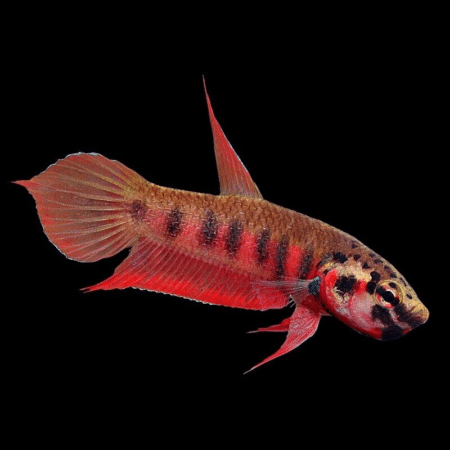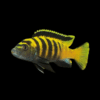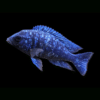-
×
Elephant Nose Knifefish – Mormyrus longirostris, Exotic Tropical Fish That Thrives in Beautiful Aquariums, Perfect for Aquarists Seeking Unique African Fish Species 1 × £45.00
-
×
-
×
-
×
-
×
-
×
-
×
-
×
Subtotal: £230.80

 Elephant Nose Knifefish – Mormyrus longirostris, Exotic Tropical Fish That Thrives in Beautiful Aquariums, Perfect for Aquarists Seeking Unique African Fish Species
Elephant Nose Knifefish – Mormyrus longirostris, Exotic Tropical Fish That Thrives in Beautiful Aquariums, Perfect for Aquarists Seeking Unique African Fish Species 

















Emily Carter (verified owner) –
I recently added the Red Blue Zebra Mbuna Cichlid to my aquarium, and I couldn’t be happier! After about two weeks, I’ve seen this vibrant fish not only thrive but also bring so much life and energy to my tank. The beautiful red and blue coloration is striking and really stands out against my substrate. It’s about 3 inches long and is already displaying its characteristic behavior of swimming around playfully, which is a joy to watch.
I’ve kept various freshwater fish before, but this Mbuna cichlid stands out due to its unique personality and boldness. It interacts well with my other tank mates, yet it also holds its own during feeding times, ensuring it’s getting enough to eat. I did notice some initial territorial behavior, which is typical for Mbuna cichlids, but with ample hiding spots and caves, I’ve managed to create a comfortable environment for all.
If you’re an aquarium enthusiast looking for a fish that adds color and vibrancy, I highly recommend considering this stunning Mbuna cichlid. Just a tip, make sure to research their specific care needs to ensure they fit well with your current fish. I’ll definitely be adding more to my collection soon!